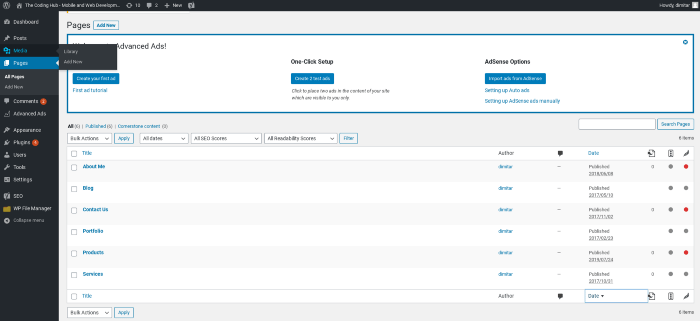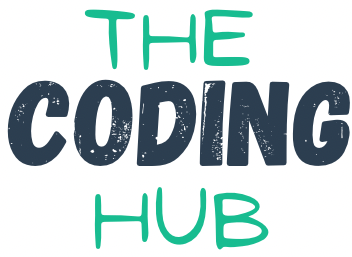A very commonly used acronym amongst different groups of people are CMS systems. While the acronym can have many definitions, for this article we will be talking about Content Management System (CMS). A CMS allows you the content manager to create and manage content that you can easily distribute to your users. The most common example of a content management system is a blog. You write a story and then distribute to users reading your blog. In fact Medium is a sort of CMS system for article writers.
One of the most popular such platforms is WordPress. In fact it is estimated by W3Techs that around 38% of all sites on the web are running WordPress.
WordPress is used by 63.6% of all the websites whose content management system we know. This is 38.4% of all websites.
There are other popular content management systems such as:
- Drupal
- Joomla
- Umbraco CMS
- Kentico
- Episerver
- Sitecore
If you have never heard of or seen a CMS system it can be a little confusing. As a user visiting a website you may never know it uses a CMS system. You can continue browsing different pages and read blogs or other content that the site provides. However, each one of these content managed sites will have an administrator dashboard where the content manager would be able to edit and create blogs or other content. For example my personal website https://www.thecodinghub.com/ might appear like any other site. However, when you add wp-admin to the end of the URL you will see that you will be prompted to login to the WordPress Admin dashboard: https://www.thecodinghub.com/wp-login . Depending on the version of WordPress you have it may look a bit different but the general idea is similar across different CMS systems and it will look something like this:

The power of the CMS systems comes when you tie them in with the design and layout of your website. When you publish a new blog on the site it will inherit the same design as all other blogs on the site. This gives your website the consistency to publish content that in general looks and behaves the same. Having this consistency makes your site easy to navigate and allows the users to consume the content they wanted to quicker and better.
Content management systems will provide you with the flexibility to publish new blogs, schedule when you would like to publish items and consult additional editors on the content if your site is of a larger size. When it comes to publishing most CMS systems have this in common. This provides a very tight control over the content and a way to manage it. Where CMS systems start to differ is in some of their additional features that they provide. Here is where you really need to do your research into which one is the best for your type of content. For example WordPress is very cheap to get started and has huge third party developer support. For example there are thousands of plugins available that allow you to do many different things from managing your product inventory, to creating photography portfolios. Umbraco provides a slightly more expensive solution for an initial set up of a site. However, the .NET based CMS comes with a lot fewer features built in. This provides you a greater amount of customisation when you are figuring out your requirements. This in turn allows you to create a very custom solution to your site’s needs as the developers can build the solution to your wants. At the very top of the scale you have CMS systems like Episerver. Big enterprise solutions designed for large corporate sites with multiple language translations and variations. Episerver is designed with language support in mind and the same level of flexibility during initial development like Umbraco does.
When it comes to choosing a CMS there are many options out there. Each one has its own unique set of features and niche it tries to solve. There is no point looking for the best CMS out there because depending on your requirements that answer can be very different. However, when looking at the possible options out there you should always look at which ones try and tackle your niche. For example Episerver is really good for sites that require multiple language support. WordPress is great for blogs or smaller E-commerce sites and Umbraco is a great bridge between WordPress and Episerver when it comes to site cost and upkeep.
